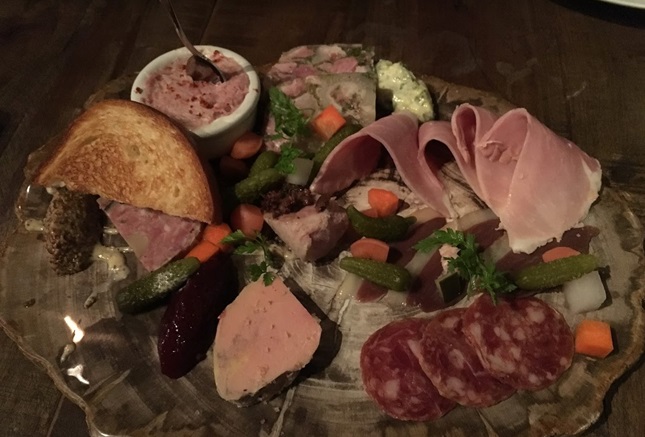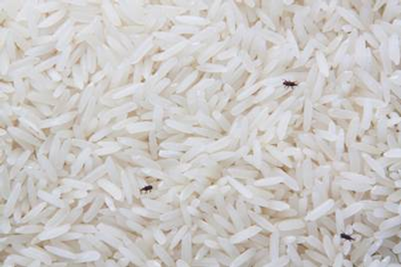How does Listeria enter our food?
Listeria can be found in diverse environmental conditions, ranging from soil and water to even the digestive tracts of animals. This means that Listeria can be introduced into RTE products when surfaces, equipment and crockery are not properly cleaned and sanitised. Listeria contamination may also occur when there is cross-contact between RTE products and raw products. Prolonged exposure to the environment without proper packaging can also result in Listeria contamination.
How does SFA ensure RTE meat products are safe for consumption?
SFA’s food regulations require that RTE food be free of pathogens. As part of our surveillance programme, SFA tests for food-borne pathogens, such as Listeria. In addition, imported meat products must be from approved sources in countries accredited by SFA, which comply with Singapore’s animal health and food safety requirements. For instance, SFA mandates documentary proof to demonstrate that the meat is free of diseases.
How can we reduce the risk of foodborne illness associated with RTE meat products?
Through a joint responsibility approach to food safety, consumers can:
Be aware of the risks of consuming RTE products that are not cooked thoroughly, such as dry-cured raw ham and salami. Generally, vulnerable groups, such as pregnant women, infants, the elderly, and individuals that have an impaired immunity, may be more prone to foodborne illnesses and should exercise discretion by avoiding the consumption of such RTE products.
Thoroughly reheat RTE meat products to steaming hot for the elimination of potential bacteria present.
Purchase RTE products that are properly kept under the chilled section of SFA-approved businesses (supermarkets, importers, retailers) and ensure that the packaging is not torn.
Refrigerate RTE meat products at 4°C and below promptly to limit the growth of harmful bacteria.
Separate raw meat products and RTE products during refrigeration. Ensure that juices from raw meat do not drip onto RTE products.
Use different cutting boards, utensils, and crockery for raw meat and other RTE products to minimise chances of cross-contamination.
Wash your hands thoroughly with soap before and after handling RTE products.
About the Author
Herman Teo is a Senior Scientist from the Risk Assessment and Communications Department of the National Centre for Food Science. With a Masters in Food Science and Human Nutrition from the National University of Singapore, his recent work includes the regulatory framework for insects for food and feed, and examining emerging food processing risks.




